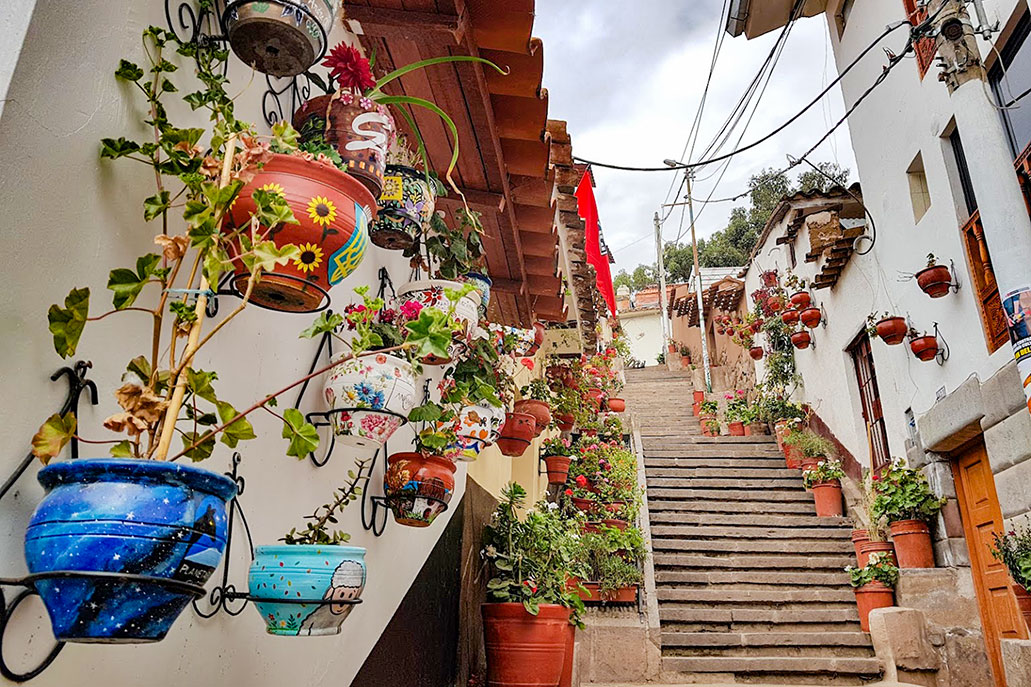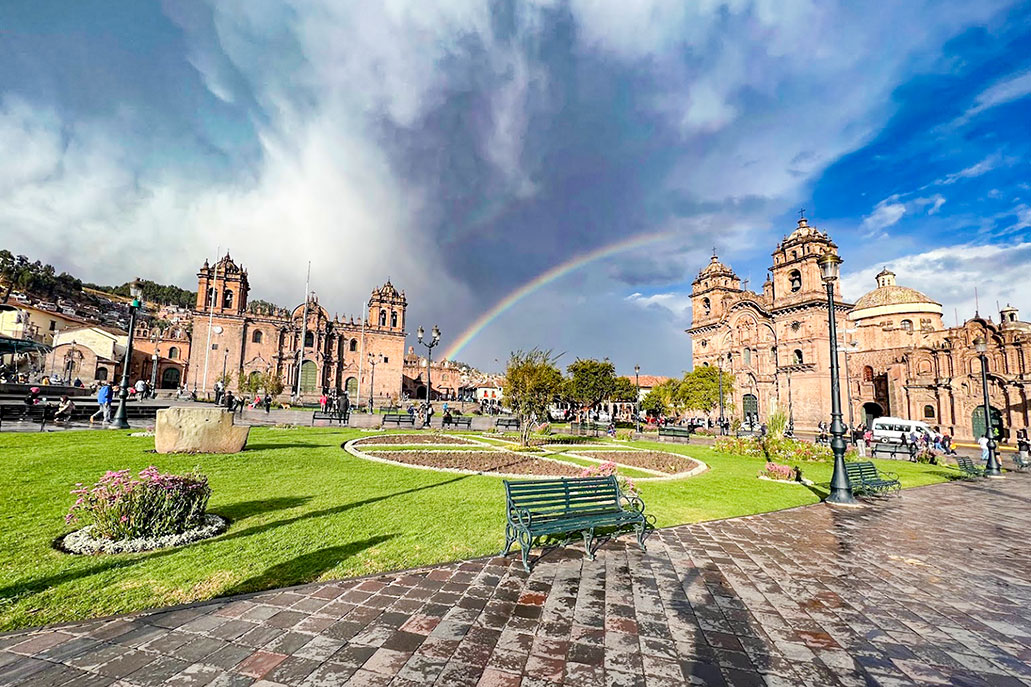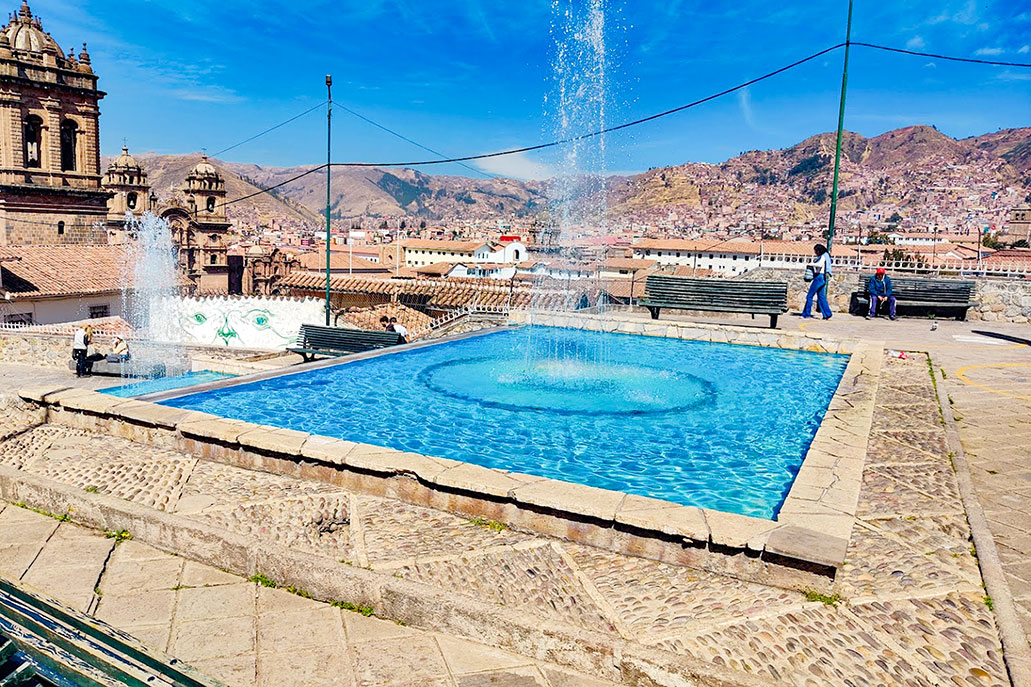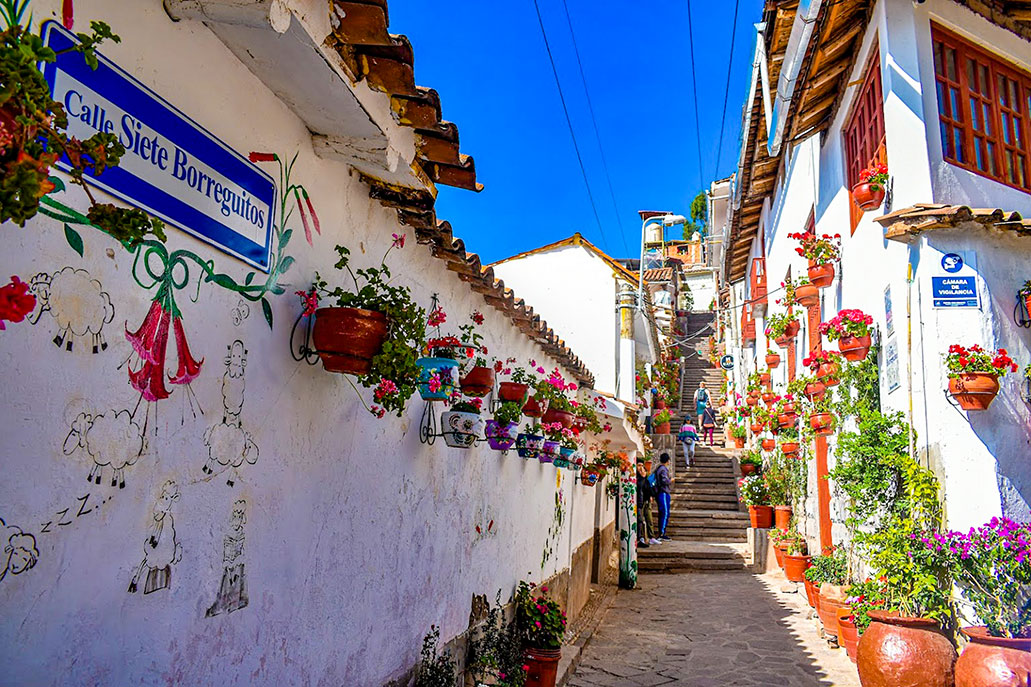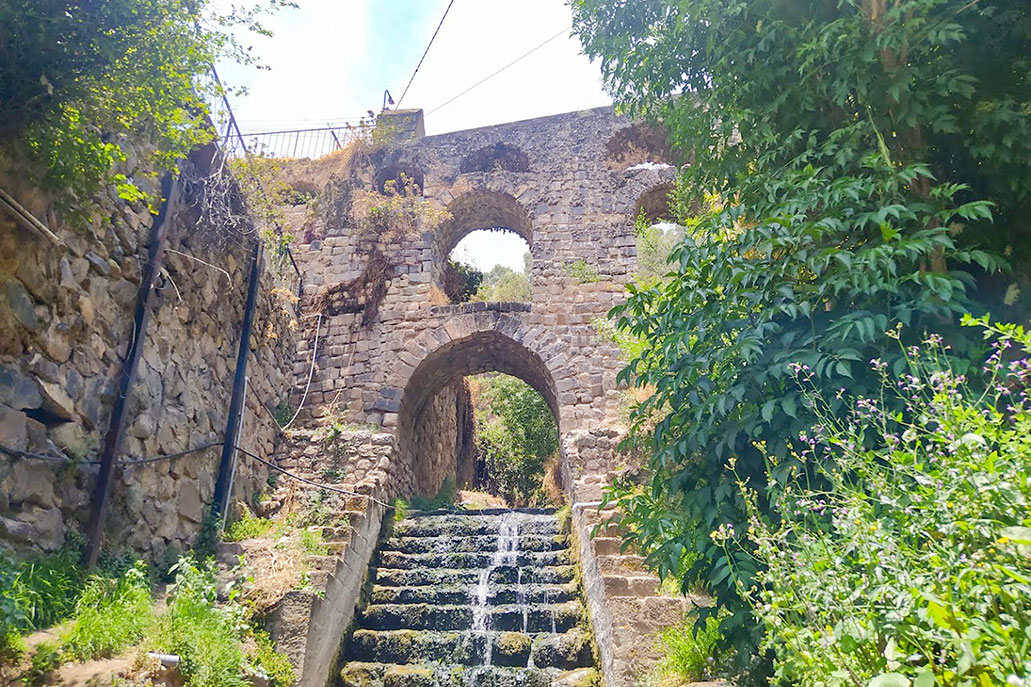Free tours in Cusco, learn more before you get to Machu Picchu
Free tours in Cusco do exist. There are also options that you can reach on foot from the Main Square. They are also destinations that are little visited by tourists because they are unaware of these options or are inclined to commercial routes. That is why it is possible to find less traveled and ideal spaces for photographs. The destinations we will talk about have become quite popular, especially in recent years. Today they are destinations that several people visit regularly because they offer incredible photographs ideal for social networks or to venture as content creators. They are also an incredible option for those who traveled or have already returned from Machu Picchu.
Content
The attractions of Cusco
Over the years, Cusco grew considerably. However, during the beginnings of the republican life, trade and economic activity decreased considerably. Many years had to pass for Cusco to regain the splendor that once characterized it. Cusco’s popularity grew again, but this time internationally with the discovery and enhancement of Machu Picchu and other sites of the Inca culture that were falling into oblivion.
During the economic decline, Cusco remained in a state of backwardness compared to what it once was. Whether as the capital of the Tawantinsuyo or one of the first Spanish cities. Today after several years of tourism, Cusco is one of the most visited destinations in Peru. Once again hosting people from different places and being once again the “Navel of the World”. Here, in Cusco, you can find people of different nationalities who arrive to visit Machu Picchu.
However, Machu Picchu is not the only attraction it has. It is possible to visit the Sacred Valley of the Incas, which has a special charm due to the warmth of its geography. Another similar destination is the South Valley, where you can find natural charms of beautiful landscapes. That is not all. Cusco, being the ancient capital of the Tawantinsuyo, has ancient precincts of Inca constructions. Among these, the Qoricancha, where the Church of Santo Domingo was built, stands out. Most of Cusco’s religious buildings were built over the temples of the Incas. All of them are constructions that detail the syncretism of the Andean and Catholic cultures.
There will also be lesser-known attractions, some of which originated during the colonial and viceroyalty that was organized after the fall of the dynasty of the Tawantinsuyo elites. Many of these destinations are located near the Main Square in Cusco. It is also possible to visit them only on foot. That yes, it can be exhausting, but at the same time rewarding. The places we place have a particular charm, many of them are visited for the beauty of their decorations, the views they offer, or simply because they have Inca walls that have a special charm. These walls, call the attention by the magnificent crimping that they possess, without mortars, and by the finishes of the stones that conform them.
The Main Square of Cusco
We believe that the ideal place for everyone to be guided and learn more about the free destinations of Cusco is the Main Square. Formerly known as “Huacaypata” or “Aucaypata”. In this sense, the translations would vary. For example, in the first case, “Huacaypata” would mean “place of weeping”. While the second would be the “place of the warrior”. Although it can also come from “Huacapata”, which could be understood as “Sacred Place”. Determining the true name of the place is complicated and would require further study. In any case, this place played an important role in Inca urbanization.
In this place, a sacred stone could be found, according to some chronicles. From there, also, all the Inca Roads or Qhapac Ñam began. From this place, it was possible to take roads that covered the entire Tawantinsuyo. Today you can still see some of these roads and others were reused for roads or similar. Likewise, from the Main Square Cusco, it is possible to go to all the places that we will comment on below.
Antes de ello, mencionar que en la plaza de Cusco se puede encontrar la Catedral de Cusco y la Iglesia de la Compañía. Dos importantes lugares que antiguamente fueron construcciones incas de gran valor. It is also possible to find some places selling handicrafts. The tour of this place is very beautiful, either during the day or at night. On any occasion, you can have a beautiful ride and start doing other tours.
Tricentennial Square
It is located about 30 meters away from the Main Square. To be more precise, between the streets Cuesta del Almirante and Balcón Cusqueño. Precisely, the street that connects with the Main Square is the one we mentioned in the first place. This place, before the arrival of the Spaniards, is said to have been an important construction. We dare say that it was probably destroyed or crumbled after the civil war between the brothers Huáscar and Atahualpa.
All this sector would belong to the Panaca or Royal Family of Huáscar, who unfortunately was defeated and his entire family was killed by his brother Atahualpa. This place was once the Palace of Huascar and today is known as the House of the Admiral. But before that, after the arrival of the Spaniards and the distribution of land. This sector corresponded to Diego de Almagro, where he lived for some years.
Later, after the death of the conquistador and his son Diego de Almagro el Mozo, it was converted into a hostel. Over the years, this lodge would become a house of studies. The foundation of the Royal College of San Francisco took place during the year 1621. It became an exclusive educational institution for the children of caciques. Most of the caciques were heirs of the main dynasties or royal families of ancient Cusco. Years later, precisely since 1990, it began to restore the place taking the form that we see today. Today, a small room, ideal to rest from the tours and to have some nice pictures with part of the Cathedral of Cusco and the characteristic roofs of Cusco.
7 Borreguitos Street
7 Borreguitos Street is one of the most beautiful streets of Cusco that houses Inca and colonial decorations, which is why it is considered the most Instagrammable place in Cusco. It offers the possibility of taking different pictures and you can also record different videos to start a series of publications on social networks. Below, we will detail some of the most outstanding aspects of its history.
It all began in colonial times, during the daily life of the inhabitants of this sector of the city. Many of them would go out to the Puck’ro River to wash their clothes or to graze their sheep and lambs. It is said that this part of the street was the ideal place to let the sheep graze. Many families or individuals did this and as time went by, the general population began to call this place “Borrego Street”.
During the last years, it would receive the name of 7 Borreguitos Street. Making a direct allusion to the aforementioned details. It also received a profound change in the decoration of the place. Before seeing the street as we see it now, it had only the bleachers, eventually the walls were painted and flower pots were added. The blooming of the flowers drastically changed the presence of this street. Today it is one of the most visited places free of charge.
Sapantiana Aqueduct
As its name indicates, it is a construction dedicated so that the water can flow with certain control. There are some records that in the same place you could find more remains of Inca constructions. But something that is evident today is the intrusion of the Spanish style over the Inca style. Even so, it maintains a certain mysticism and a beautiful view. It is an ideal place for photographs and quite popular on social networks, especially on Instagram.
The waters that led to this place is that of the Puck’ro River. So it is closely related to 7 Borreguitos Street. Sapantiana, like the street in mention was an abandoned place and little by little it was put in value. This more because of the presence of social networks where the photographs were viralized. Sapantiana, can be translated as “Where the lonely one sits”, there is no sure explanation as to why this name was given.
The construction that we can see today was built between the XVII and XVIII centuries. It was by order of the Jesuits who saw the need to improve this place and the control of water. However, these reforms did not have much effect and with time the construction was stopped and the place was abandoned. The water course also diminished and only small traces of it remain. It is said that in the past the water was distributed throughout most of the city.
Loreto Street
It is one of the streets that connects to the Main Square. This narrow street is typical of Inca constructions and urbanization. We say that it is a small Inca street because at the present time, the walls that form this small street, are Inca constructions. One of these constructions was the Amarucancha, which comes off after the chapel of Our Lady of Loreto and just starts at the Portal Carrizos. At the other end we can find part of the walls of what was the Acllahuasi.
Today, obviously, the Acllahuasi no longer exists; the Santa Catalina Monastery was built in its place. Loreto Street is long and during the tour you can see some Inca gates. Something to pay special attention to is the finely carved walls that are an example of the mastery that was used for constructions of great importance. Both constructions had a strong impact on Tawantinsuyo society.
The ideal time to take an excellent photo is in the afternoon, just when the sun descends through the mountains. Although if you want a more private photo or with a smaller number of people it would be best to get there before 7:00 in the morning. It is one of the busiest streets, similar to Hatun Rumiyoc street, where you can find the Stone of the 12 angles.
